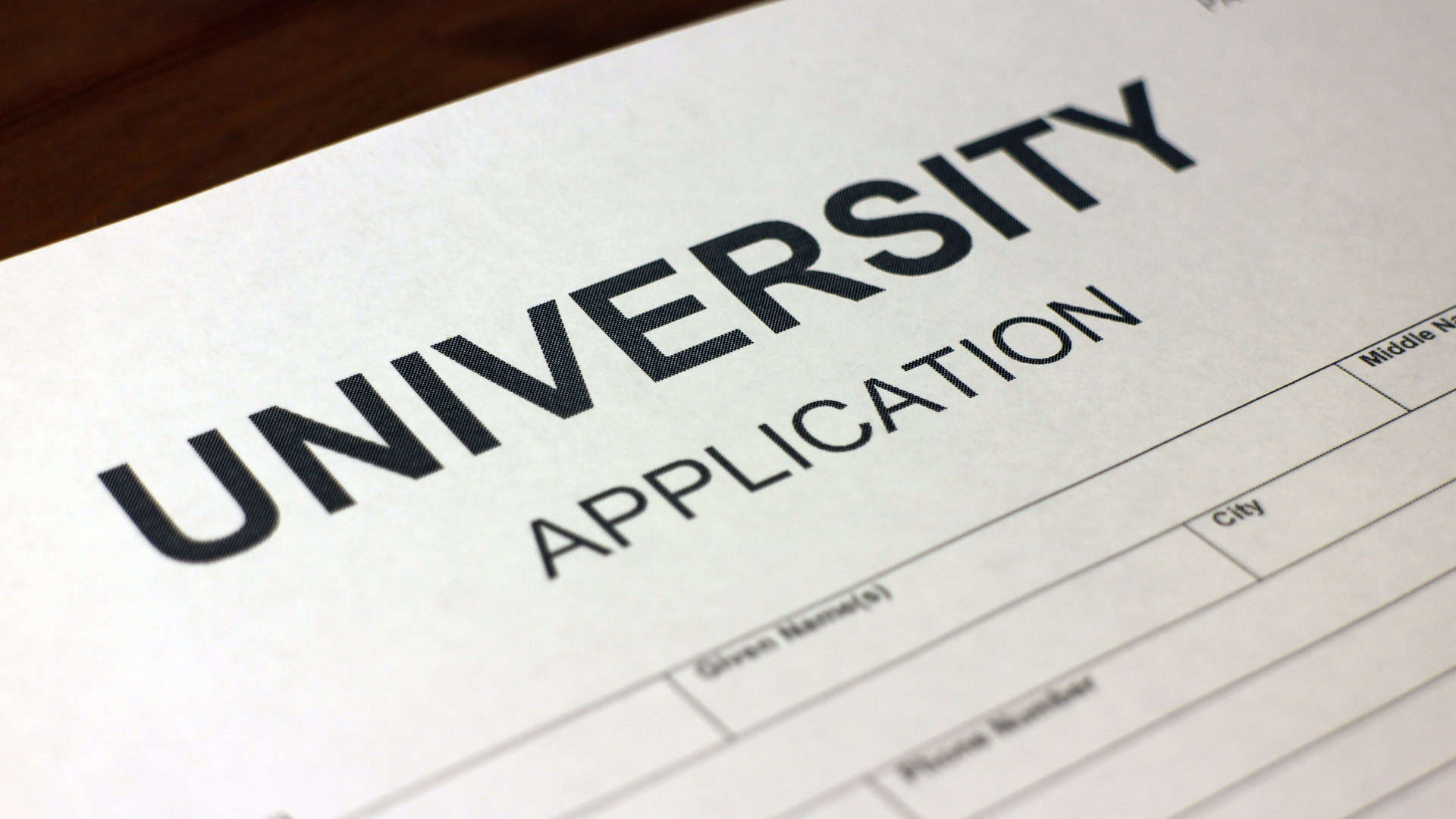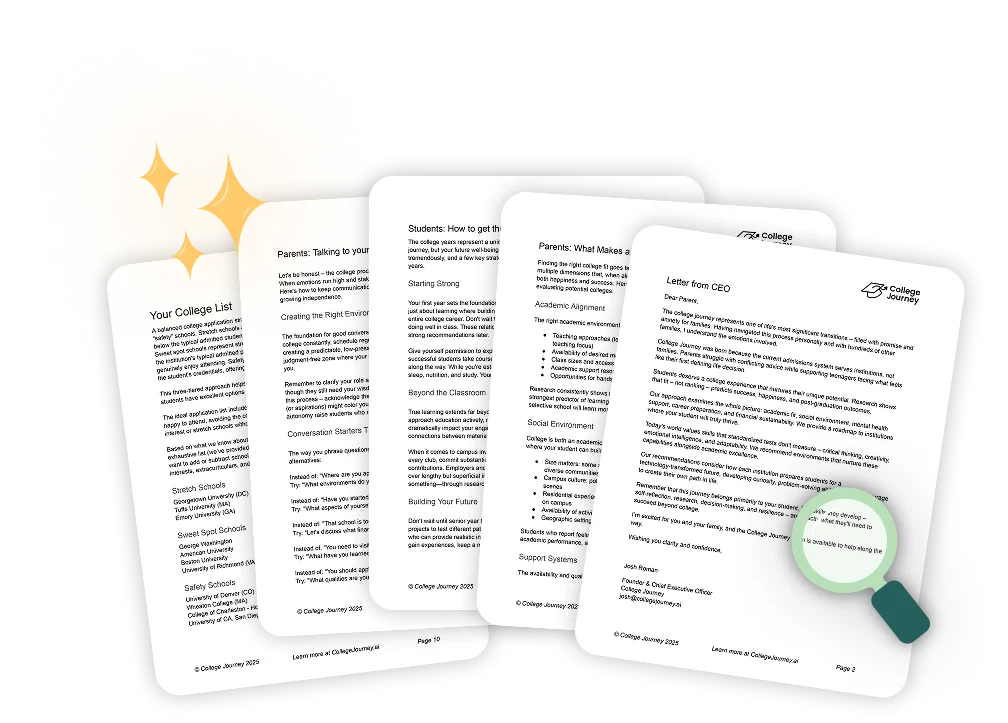Applying to college involves many steps—forms, essays, and deadlines. But there’s something many applicants don’t think about right away: application fees. Most colleges charge these fees, which can add up quickly if you apply to several schools. Knowing how these fees work and finding ways to avoid them can help you stay on budget.
In this article, you’ll learn everything you need to know about college application fees. This will help you plan smarter and tackle this part of the process with confidence.
Prefer to listen? Try our short audio overview:
Key Takeaways
- Most colleges charge application fees, but some schools do not.
- Fee waivers are available for students with financial need.
- Research application fees for each school before applying.
- Plan your budget to manage application costs effectively.
- Use free-application events or apply to schools with no fees to save money.
Overview of College Application Fees
Application fees are a standard part of the college admissions process. They may seem like an extra expense, but they serve specific purposes. These fees can vary depending on the school, so it’s important to understand why they’re charged and how much you might need to pay.
Why Colleges Charge Application Fees
Colleges charge application fees to help cover the cost of reviewing and processing applications. Admissions offices spend time and effort reading essays, evaluating transcripts, and considering test scores, and the fees help offset these administrative expenses.
Another reason is to limit the number of applications from students who may not be seriously interested. This ensures admissions teams focus on candidates more likely to enroll.
Typical Cost of Application Fees
The application fees can vary widely. Most schools charge between $40 and $90 per application. Many private or highly selective colleges have fees closer to $75 or $85. Some schools, like Stanford University, charge as much as $125, while others, like the University of California, charge $80 per campus.
However, not all colleges require a fee. Many community colleges and some smaller schools offer free applications to make the process more accessible.
Colleges That Don’t Charge Application Fees
Applying to college can get expensive, but some schools don’t charge any application fees. These colleges aim to make the process more affordable and accessible for students. Knowing which schools offer free applications can help you save money, especially if applying to several colleges.
Public Colleges Without Fees
Many public colleges, especially smaller state universities, and community colleges don’t charge application fees. For example, the schools within the City University of New York (CUNY) system offer free applications.
Some colleges waive fees only for in-state applicants or during special events like “College Application Week.” These schools make it easier for students to apply without worrying about extra costs.
Private Colleges Without Fees
Some private colleges also eliminate application fees. This is especially common among smaller liberal arts colleges and schools focused on making education more inclusive. For example, Cornell College and Webster University have no application fees.
Private colleges often encourage free applications as part of their mission to reduce stress for applicants. Some schools offer fee-free options for online applications or waive fees for students who attend admissions events. During initiatives like National College Application Month, over 60 private colleges participate in promoting free applications.
Ways to Get College Application Fee Waivers
Overwhelmed by college research?
Let us help save time and find the perfect schools for your family.
College application fees can add up quickly, but there are ways to get them waived. If paying these fees feels overwhelming, you’re not alone. Many students qualify for fee waivers, and knowing how to apply can save you hundreds of dollars.
Who Qualifies for a Fee Waiver?
Fee waivers are designed for students who face financial challenges. You may qualify if your family participates in programs like free or reduced-price lunch, SNAP, or TANF. Students whose family income meets certain guidelines, like those eligible for SAT or ACT fee waivers, often automatically qualify.
If you’re a first-generation college student from an underrepresented background, you may also be eligible for additional fee waivers. Some schools consider unique circumstances, such as financial hardships caused by job loss or unexpected expenses, when students apply for fee waivers.
You can discuss this situation with your family. In case they need to brush up on information, here’s a quick guide to the college admission process for parents.
How to Apply for a Waiver
Getting a fee waiver is usually simple. Most colleges accept official forms like the College Board Fee Waiver Request or the NACAC Application Fee Waiver. Your school counselor or teacher can help you fill these out and submit them.
Some colleges include fee waiver options directly in their online applications. Look for a section asking whether you qualify for financial aid or a waiver. You may need to upload documents, like proof of income, but many schools require only a simple request.
Programs Offering Fee Waivers
There are several programs and initiatives that make it easier to get fee waivers:
- College Board: If you use SAT fee waivers, you can get up to four college application fee waivers for free.
- ACT: Students who use ACT fee waivers often qualify for college application waivers at participating schools.
- Common Application: Over 900 colleges on the Common App accept fee waiver requests directly through the platform.
- Coalition for College: Schools in the Coalition network provide fee waivers for eligible students.
Many states also participate in events like “College Application Week,” where schools waive fees for all applicants.
Tips to Manage Application Costs
Applying to college can be exciting, but the costs can add up quickly. From application fees to sending standardized test scores, these expenses can become overwhelming if you’re unprepared. The good news is that with some smart planning and strategies, you can manage these costs and stay within your budget for tuition and application fees.
Planning Your Budget
The first step is to create a budget for your college applications. Look up the application fees for each school on your list. Most fees range between $40 and $90, and if you’re applying to 10 schools, this could cost up to $900. Don’t forget other expenses, like sending a good SAT score, which cost about $12 per school.
List all your potential costs and decide which schools are worth the investment. Focus on creating a balanced list of “reach,” “match,” and “safety” schools. This way, you can prioritize schools that best fit your goals and maximize your chances of acceptance without overspending.
Strategies to Lower Your Application Costs
There are ways to lower application costs without hurting your chances of getting in.
- Apply to free-application schools: Many colleges don’t charge application fees. Over 55 colleges in the U.S. offer free applications, including public and private schools. Research these options to save money.
- Use fee waivers: Request fee waivers if you qualify for financial assistance. Programs like the College Board, NACAC, and the Common App make it easy to apply without paying fees. This can save you hundreds of dollars if you apply to several schools.
- Be selective: Focus your applications on schools that align with your academic and career goals. Applying to dozens of colleges isn’t always necessary and can get expensive.
- Leverage free application events: Some states host free applications weeks or months. Check if your state offers similar programs.
- Skip unnecessary test score submissions: Many colleges are now test-optional. If test scores aren’t required, skip the cost of sending them. This can save you around $50 for a few schools.
- Ask admissions for help: Some colleges waive application fees if you explain your financial situation. A quick call or email to the admissions office could help avoid application fees charged by some colleges.
Do Community Colleges Have Application Fees?
Community colleges are known for being affordable and accessible. This includes their application process. Most community colleges either don’t charge application fees or keep them very low. This makes them a great option if you’re looking to save money on college applications.
Schools like Houston Community College and Santa Monica College don’t charge any fees. If there is a fee, it’s usually small, ranging from $10 to $30. This is much lower than universities, where fees typically range from $40 to $90.
Before applying, you should always check your chosen community college’s website. While most don’t require fees, some may charge a small administrative fee or have different rules for out-of-state students. If the fee is a concern, ask about fee waivers. Many colleges offer them for students who qualify.
Are Application Fees Ever Refundable?
In most cases, college application fees are non-refundable. Once you’ve paid and submitted your application, the fee is used to process and review your materials. However, there are a few exceptions where you might qualify for a refund.
When You Might Get a Fee Refund
Application fee refunds are rare, but they can happen under specific circumstances. For example, some colleges may refund the extra payment if you accidentally pay twice for the same application or submit it more than once.
You might also get a refund if the college cancels a program you applied for or if an administrative error makes your application invalid. These situations are uncommon, and most schools clearly state their fees are non-refundable. Still, it’s worth asking if you believe your situation qualifies
Steps for Requesting a Refund
If you think you’re eligible for a refund, here’s how you can request one from colleges and universities that charge an application fee:
- Check the college’s policy: Visit the school’s admissions website. Look for their refund policy to see if they allow refunds and under what circumstances.
- Contact the admissions office: Contact the admissions team by email or phone. Clearly explain your situation and provide any necessary proof, like payment confirmations or evidence of duplicate charges.
- Stay polite and patient: Even if refunds aren’t explicitly offered, politeness can help. Some schools might make exceptions for special cases.
- Follow up if needed: If you don’t get a response within a few days, follow up to check the status of your request.
Conclusion
College application fees are essential to the admissions process, but they don’t have to hold you back. By exploring fee-free colleges, using waivers, and planning your budget, you can keep these costs under control. You can apply to the schools that best fit you with some research and the right approach.
About College Journey
Navigating the college application process can feel overwhelming, but College Journey is here to simplify it. Powered by Alice, your AI college counselor, College Journey guides you through how colleges evaluate important factors like GPA, test scores, extracurriculars, and essays.
Alice is ready to assist if you’re unsure how your academics and personal qualities shape your application, need tips to stand out in activities, or want help writing a strong personal statement. With personalized advice, college comparisons, and tools to track your progress, College Journey takes the stress out of college prep.
The best part? Signing up is completely free!
FAQ
Are there additional fees after applying to college?
Beyond application fees, you may encounter costs for sending test scores (about $12 per school for SAT or ACT tests), submitting transcripts, or completing financial aid applications like the CSS Profile. Be sure to include these in your budget.
Do international students pay higher application fees?
Sometimes, international students may pay the same fees as domestic applicants. However, certain colleges may charge slightly higher fees for additional administrative costs.
Can you pay application fees in installments?
Most colleges require the fee to be paid in full at the time of submission. If paying upfront is a challenge, contact the admissions office. Some schools may allow extensions or offer fee waivers.
What happens if I miss the application fee deadline?
It may not be processed if you don’t pay the application fee or request a waiver before submitting your application. If you realize there’s an issue, reach out to the admissions office as soon as possible.
Are there discounts for applying early decision or early action?
Most colleges don’t offer discounts for early decision or early action applications. However, applying early can save you stress and time by achieving results sooner.




